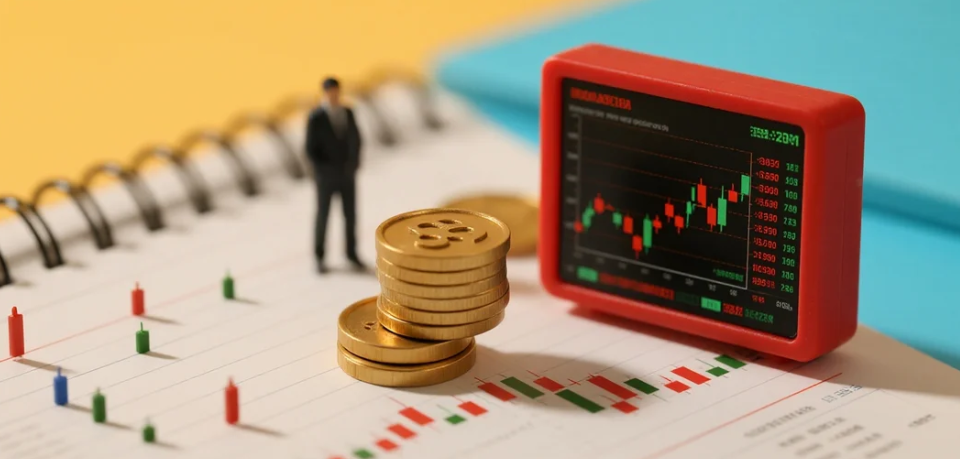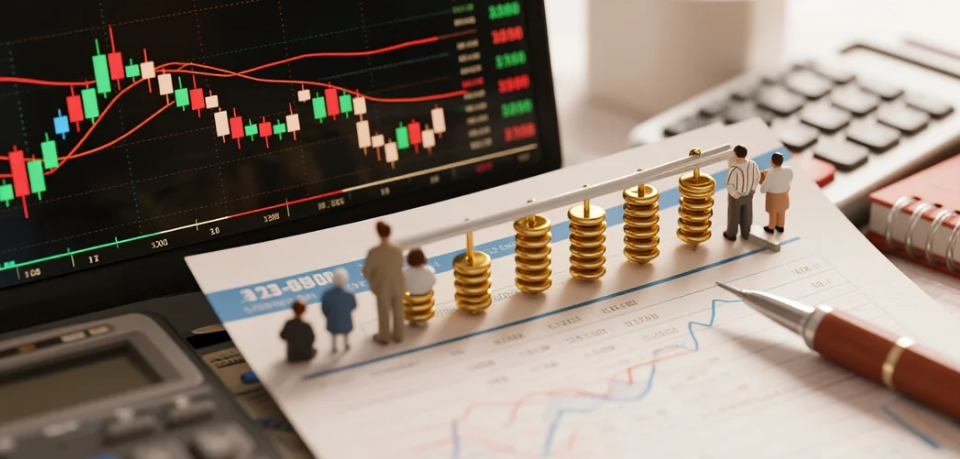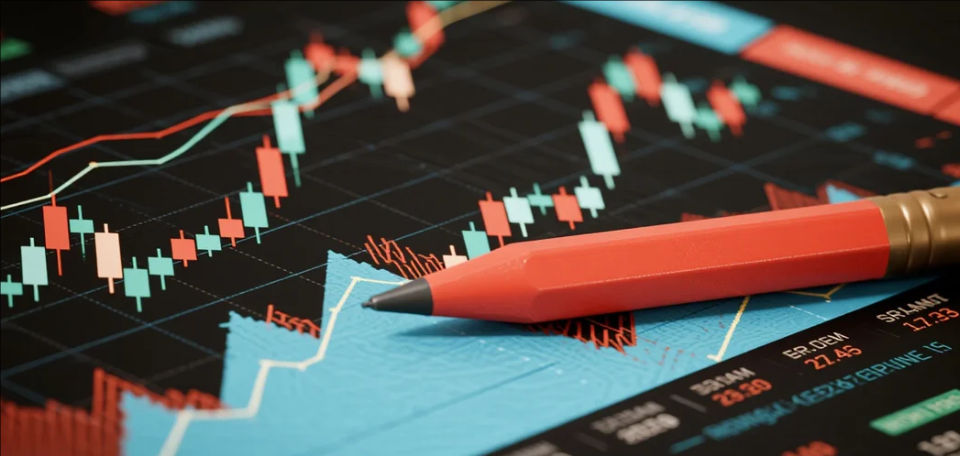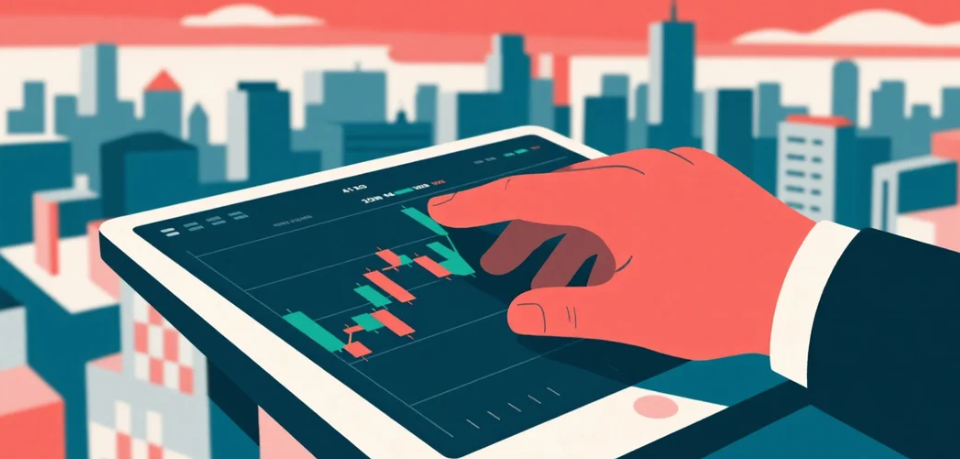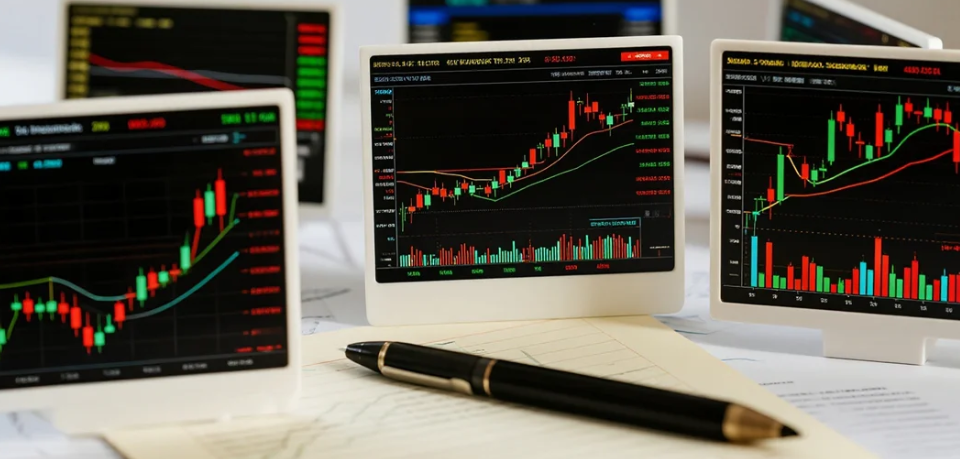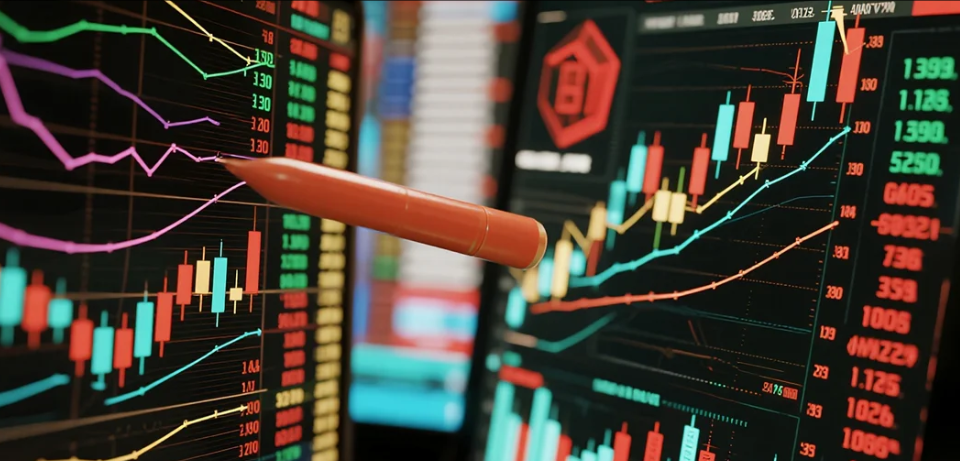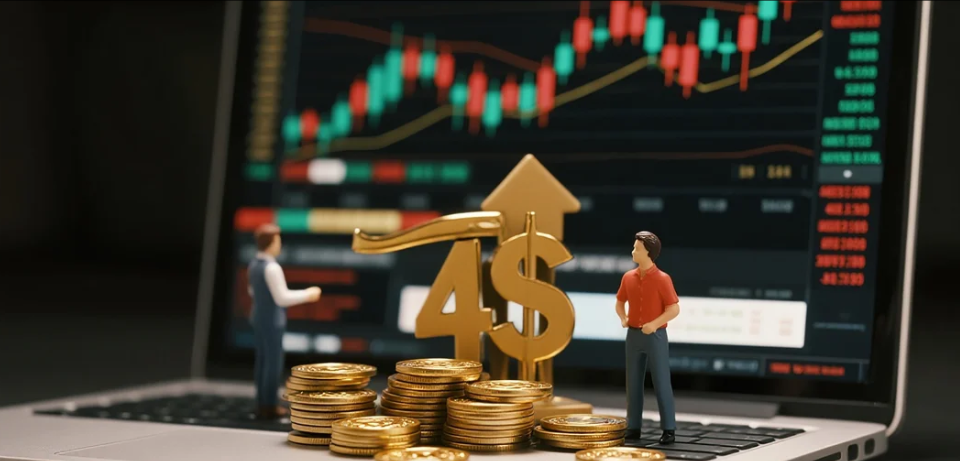
Carry Trade
There are two methods of carry trade: first, directly exchanging the low-interest currency you hold into a high-interest currency and depositing it in the bank institutions of that country; second, borrowing from a low-interest currency country, converting the borrowed low-interest currency into a high-interest currency, and depositing it in the bank institutions of that country.
Impact of Carry Trade on the Forex Market
When a carry trade position is opened, since it involves buying a high-interest currency and selling a low-interest currency, the high-interest currency will strengthen, and the low-interest currency will weaken.
When a carry trade position is closed, since it involves selling the high-interest currency and buying back the low-interest currency, the high-interest currency will weaken, and the low-interest currency will strengthen.
Detailed Explanation of Carry Trade
While you pay a low interest rate for the financial instrument you borrow or sell, you earn a higher interest rate from the financial instrument you purchase. Therefore, your profit comes from the interest rate differential between the two financial instruments. Carry trade is another way to make money in the forex market, which does not require buying low and selling high—a significant challenge for traders to achieve daily.
The carry trade strategy works best when traders sense the presence of risk but are confident enough to buy high-yielding currencies and sell low-yielding currencies. Current economic indicators may not be favorable, but the economic outlook needs to remain positive.
If a country's economic outlook is poor, no one is willing to take the risk of buying its currency. Simply put, carry trade is most suitable when investors' risk aversion is low.
When risk aversion is high, the effectiveness of carry trade cannot be guaranteed.
When risk aversion is high, investors are less willing to buy high-yielding currencies or tend to reduce their positions in high-yielding currencies.
When economic conditions are uncertain, investors tend to allocate their funds to safe-haven currencies, which have low-interest rates, such as the US dollar and the Japanese yen.
Finding suitable currency pairs for carry trade is very easy. As long as the following two conditions are met, we can consider engaging in carry trade:
-
Find currency pairs with a high interest rate differential.
-
Find currency pairs that remain stable or are in an upward trend, with the high-yielding currency in the pair appreciating.
Economic and political factors change the world every day. The interest rate differentials between currencies may also change, which could lead to popular carry trades, such as the yen carry trade, falling out of favor. Therefore, when engaging in carry trade, you should set stop-loss orders just as you would in regular directional trading.
When used properly, carry trade, like directional trading strategies, can bring continuous profits to your account.









